The Pragmatics of Sensitive Activities in Institutional Discourse
An Ecology of the Russian Avant-Garde Picturebook takes a new approach to interpreting 1920s and 1930s picturebooks by prominent Russian writers, artists, and intellectuals by examining them within the ecological environment that, first, made them possible and, then, led to their demise. It argues that naturalistic models of the complex interactions of dynamic systems offer effective tools for understanding the fraught interrelations of art and censorship in the early Soviet period. Through illustrative case studies, it mounts a close analysis of word and image and their synergistic interplay in avant-garde picturebooks, while also recontextualizing them within the ecology of their original environment where extraordinary countervailing forces played out a drama of which these books survive as telling artifacts. Ultimately, it argues that the Russian avant-garde picturebook offers a uniquely illustrative example of literary ecology that sheds light on issues of creativity and censorship, politics and art, more broadly as well.
{{comment.content}}
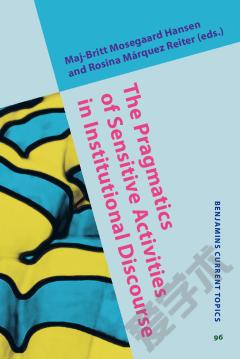
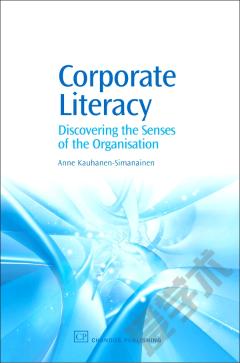
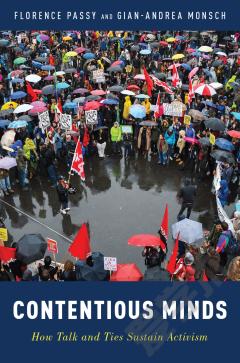


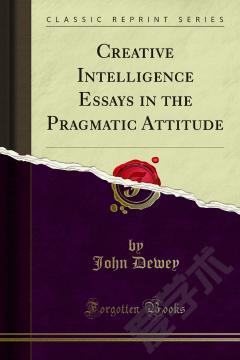
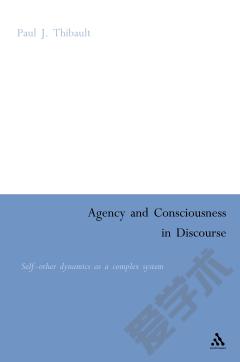

 京公网安备 11010802027623号
京公网安备 11010802027623号